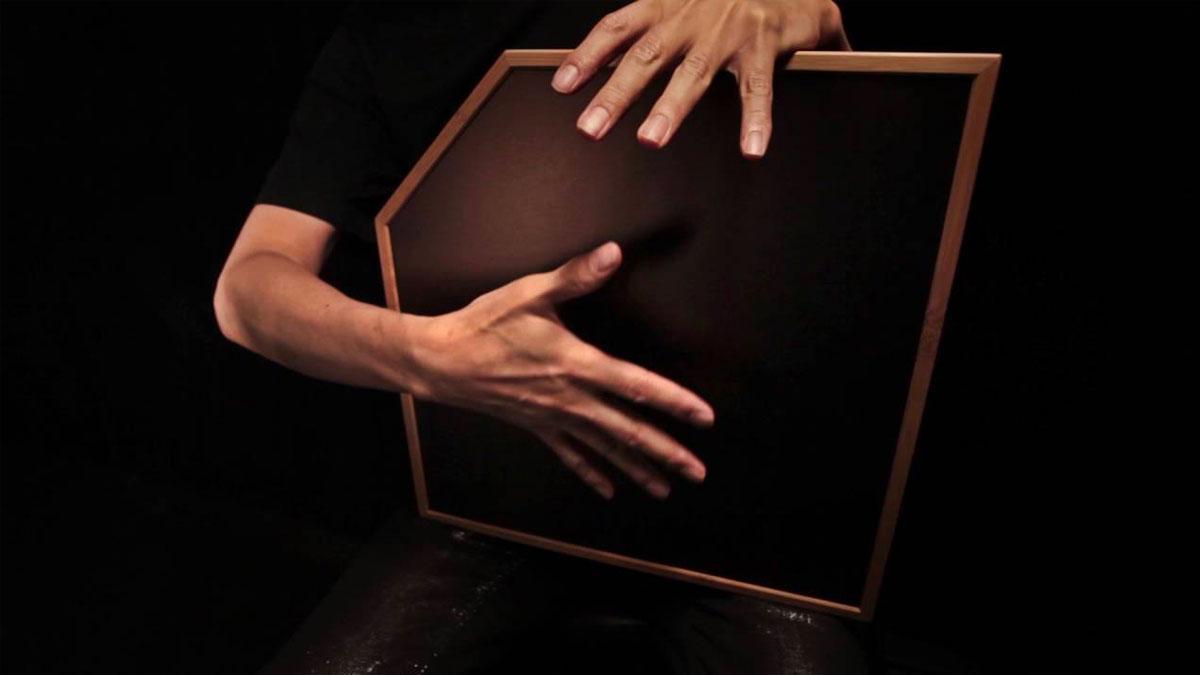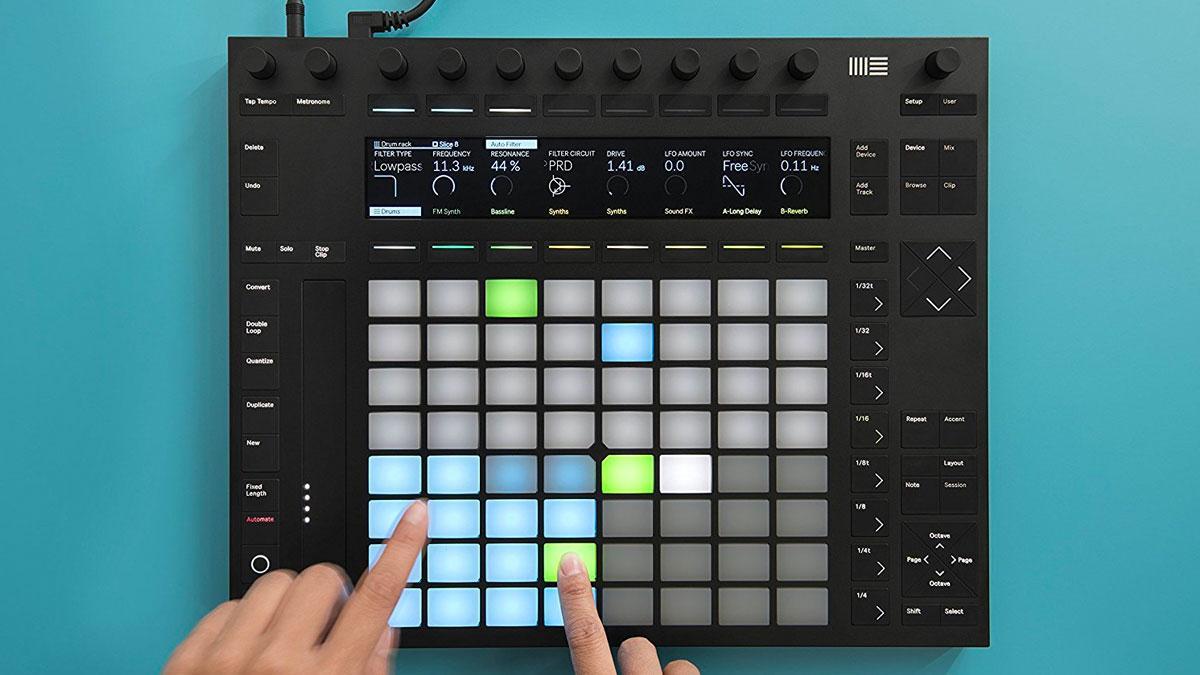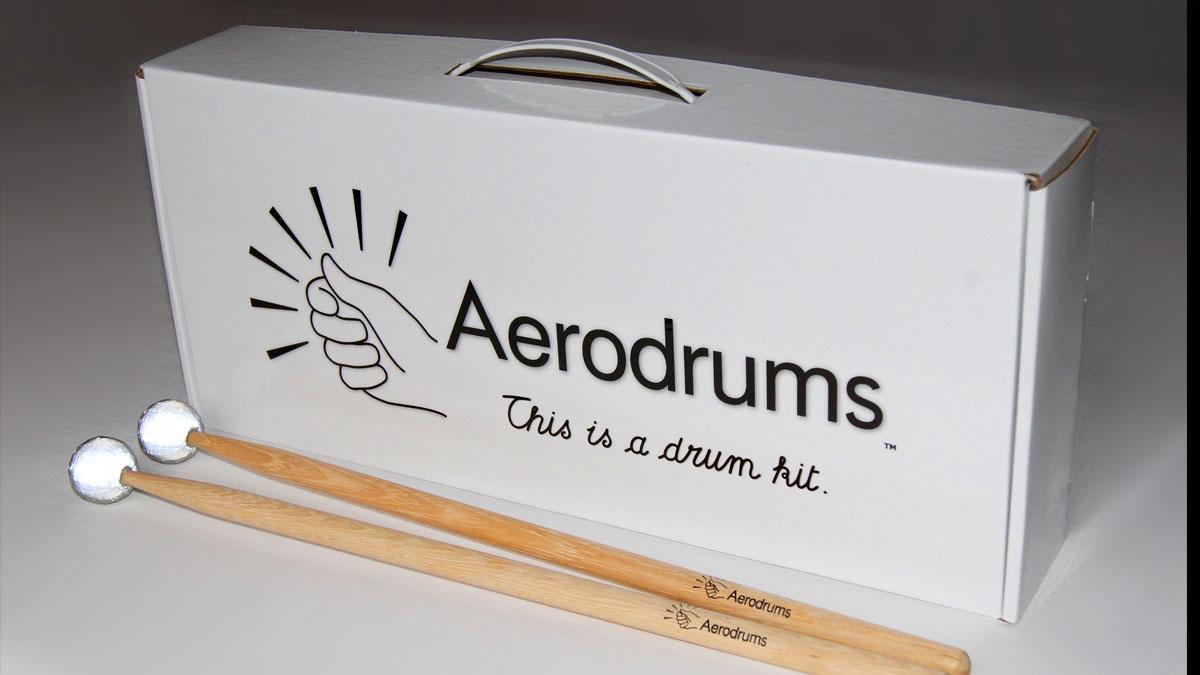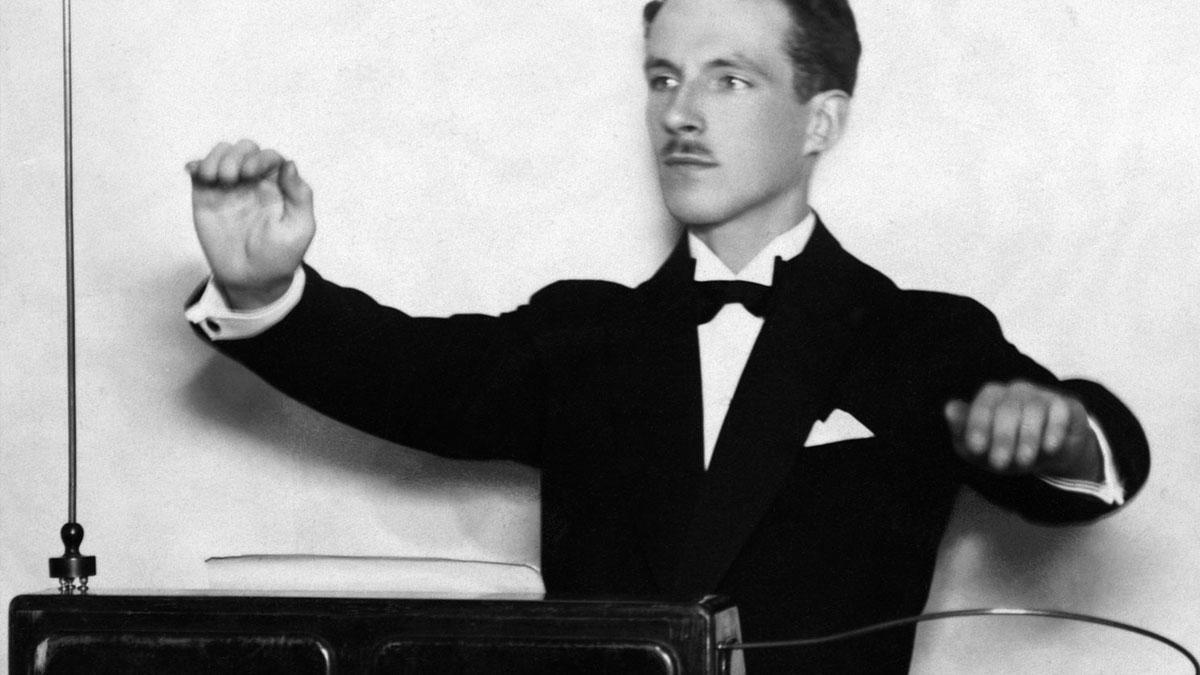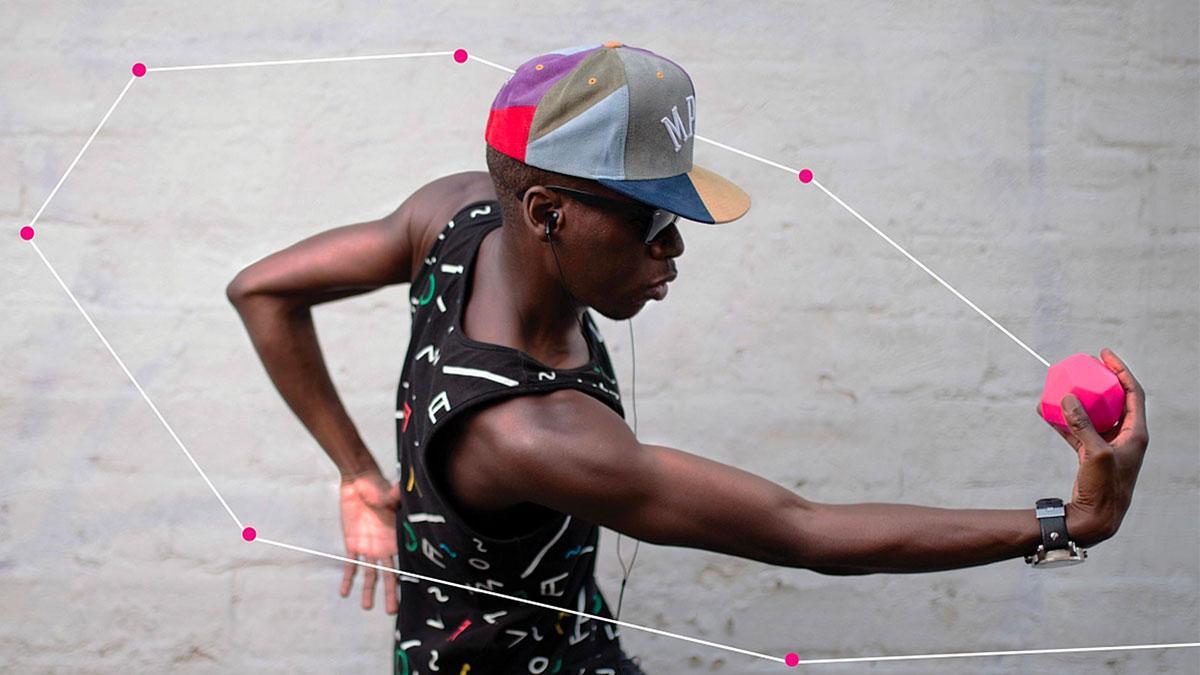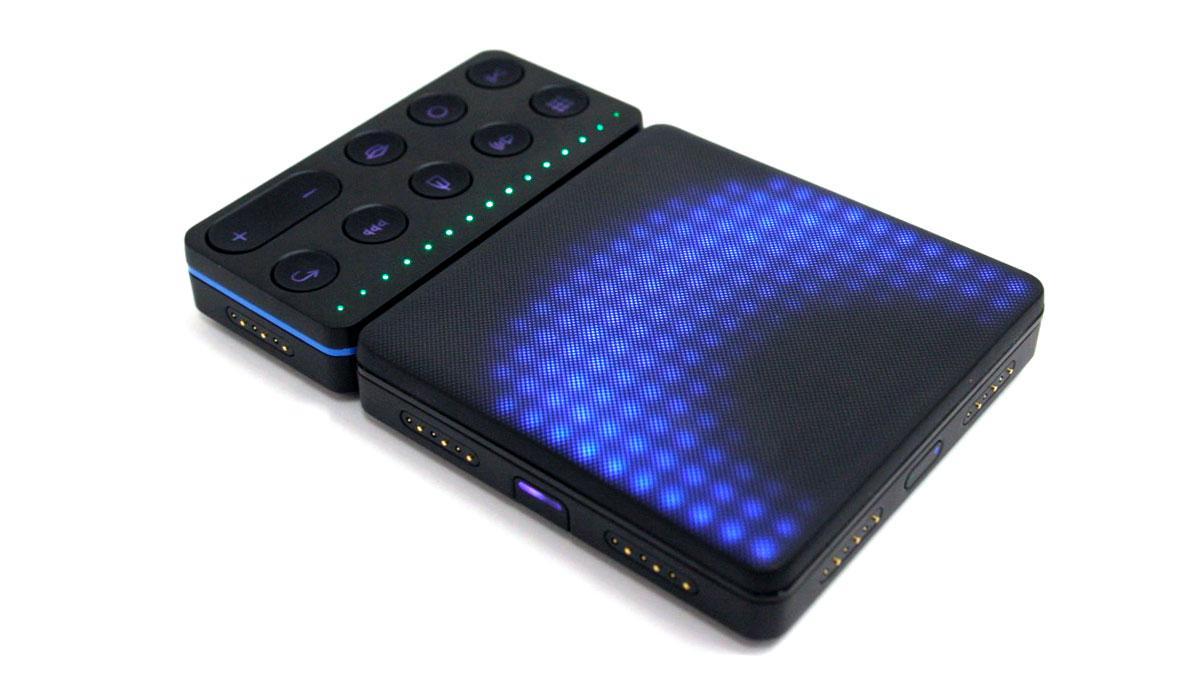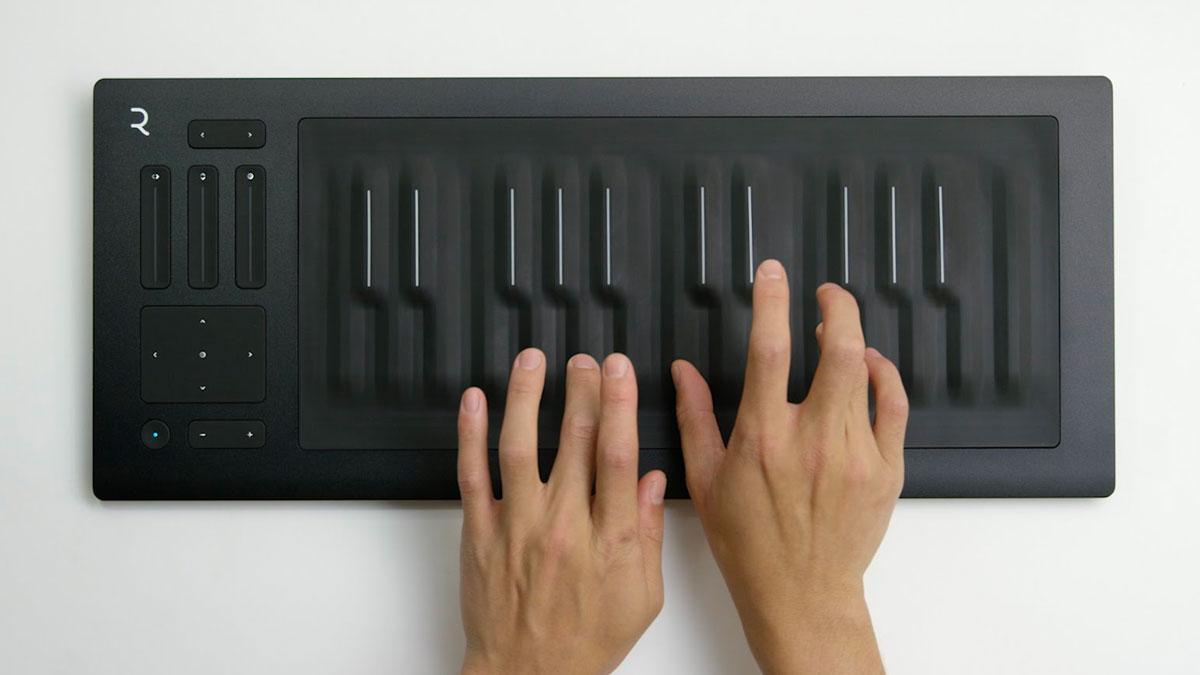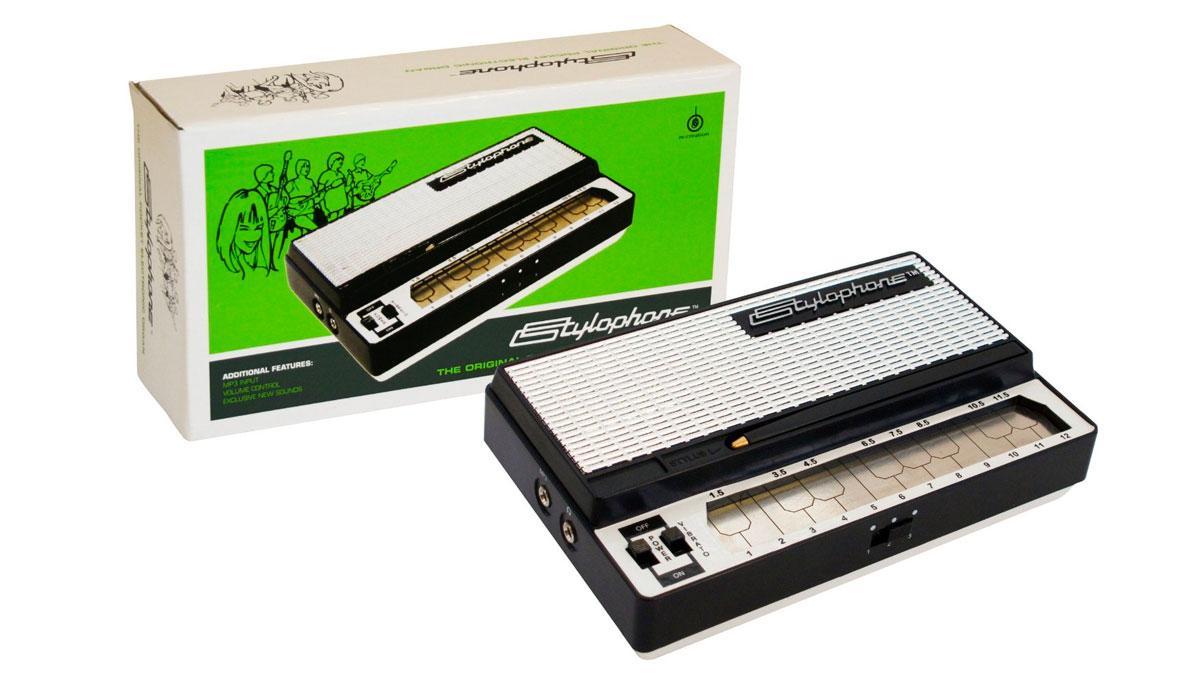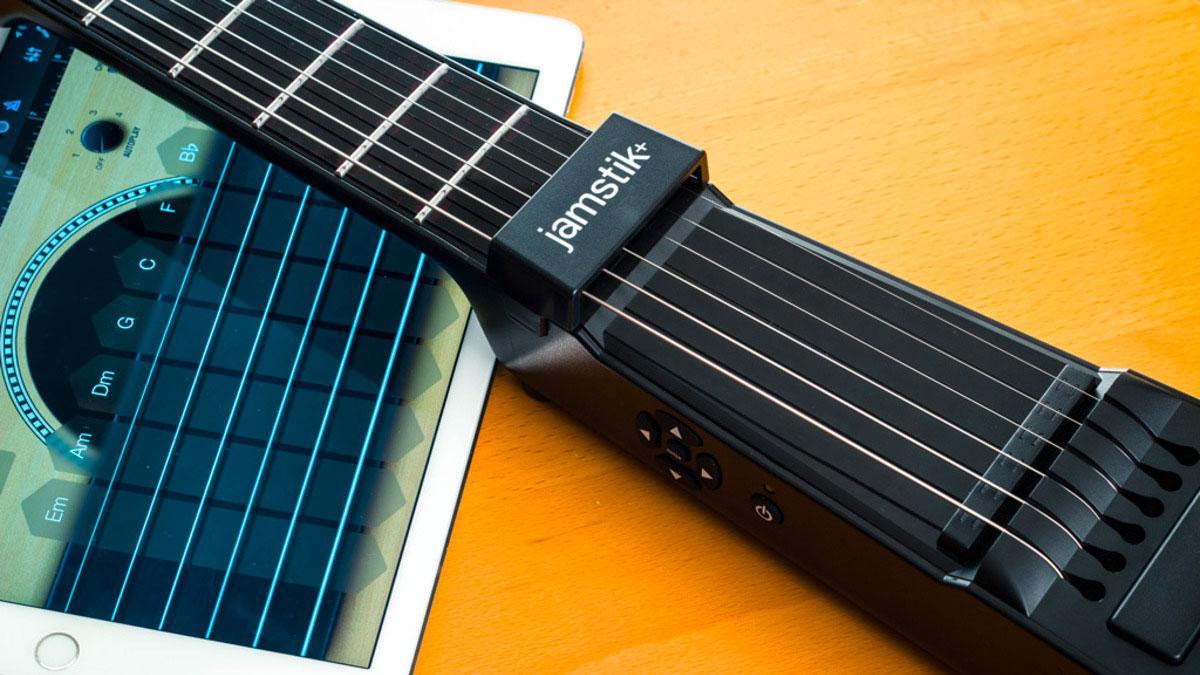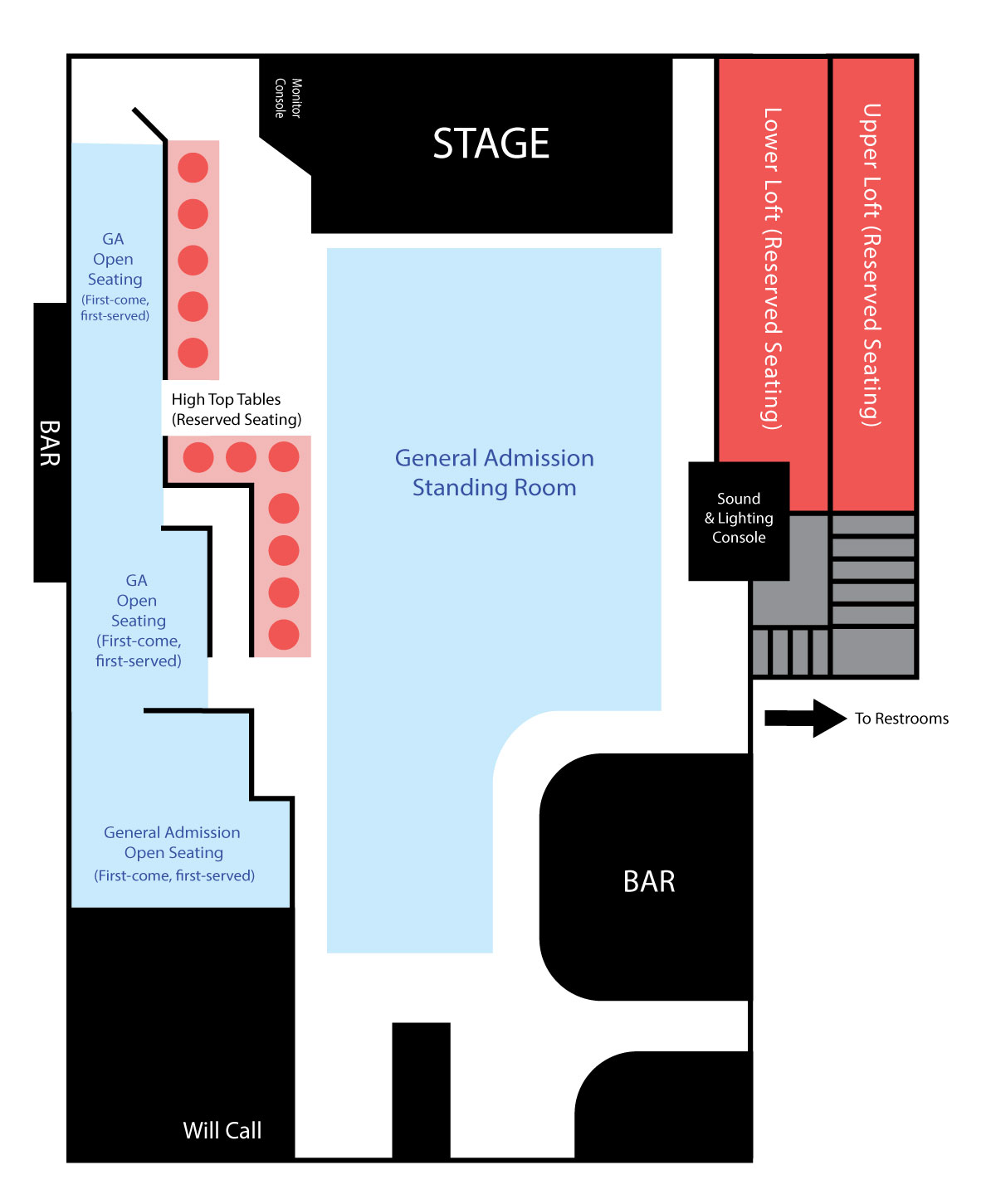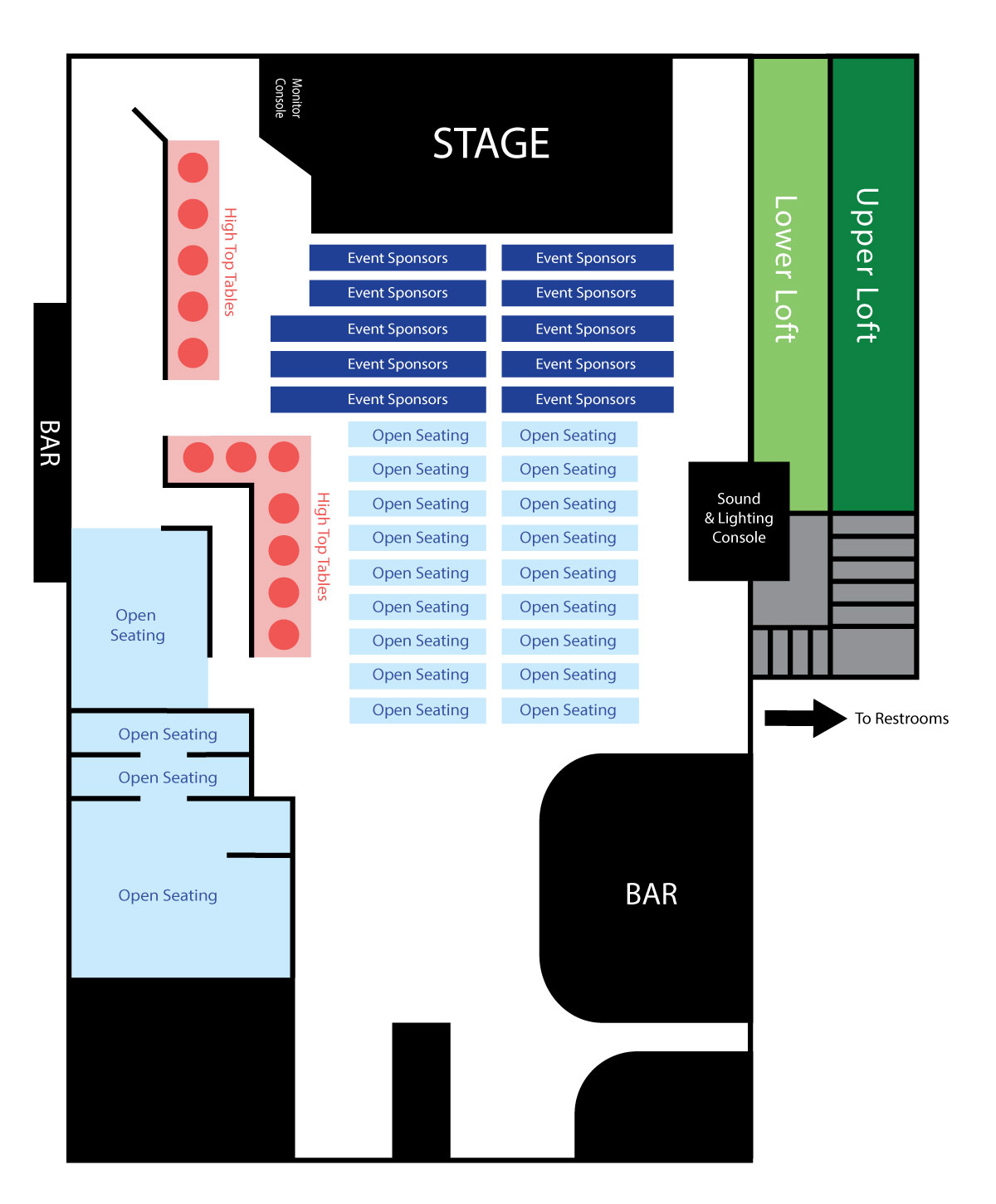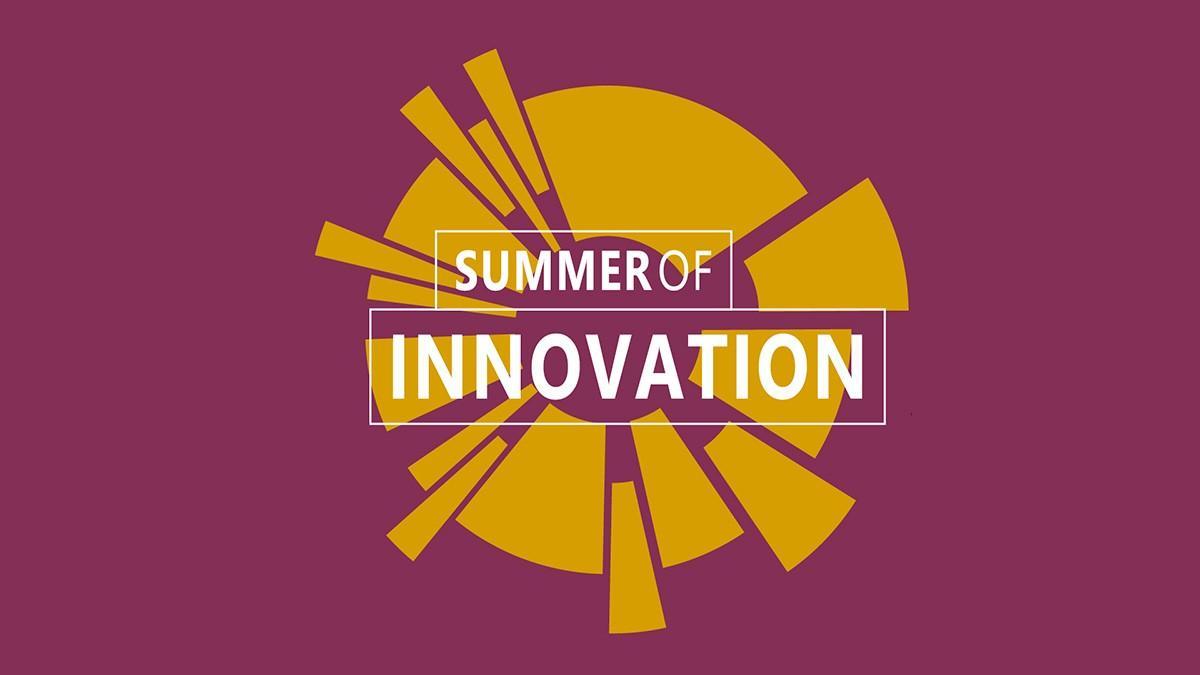
Summer of Innovation
The Museum of Making Music’s fully interactive exhibition will introduce you to innovative instruments on the market today, and will open your ears and eyes to the many – perhaps surprising – ways that music is currently being made. Groundbreaking products showcased in the exhibition include the ROLI Seaboard Rise MIDI Controller, ROLI Blocks, Aerodrums, Stylophones, Phonotonic, Ableton Push, ATV aFrame, and Jamstik+.
In addition to these products, Dr. Chris Warren will install a few of his own inventions including a body Theremin and the EchoThief Impulse Response Library. The EchoThief includes detailed sonic snapshots of resonant spaces. So if you want to hear what your favorite instrument sounds like played in Carnegie Hall or in the Cathedral Room of Shasta Lake Caverns without leaving Carlsbad...you can!
